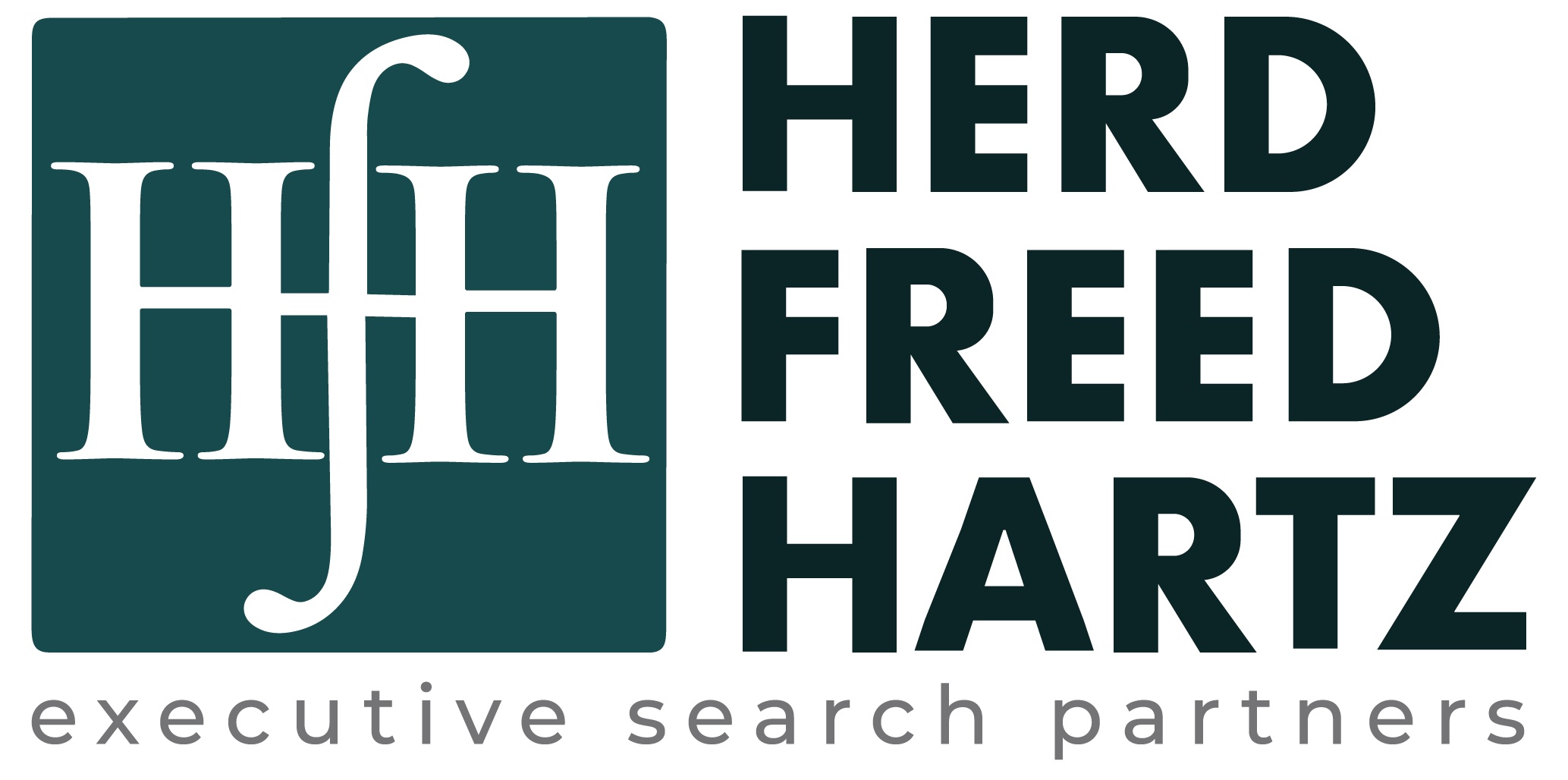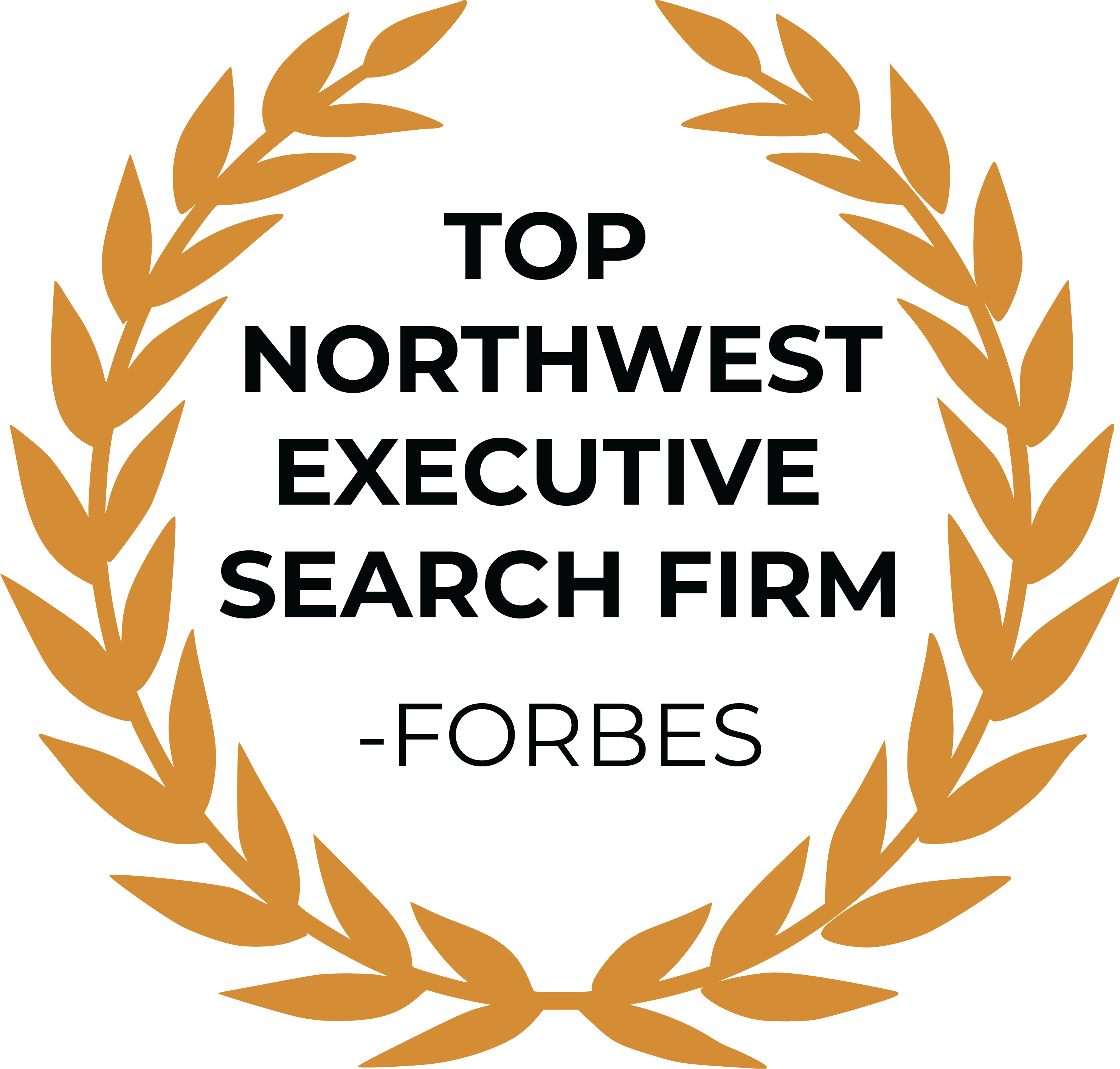DIFFERENT

OVERVIEW:
Proactively explain what key facts and details your company does, or the “steak”. This helpful insight will answer common candidate questions and save you time in answering the same questions with candidates. Example: Description of your product/service, typical customer/customer logos, how you make money, office location, team size and investors.
WHY IT MATTERS:
1) Respect – When looking to hire mature adults, you gain trust and respect by explaining common questions they might have. Top talent will use this information to be better prepared for interviews. This respect is gained across all roles – from entry-level to executives. For some reason, executive job descriptions tend to be more detailed, and then less so for mid-level hires and then just a few sentences for entry-level roles.
2) Saves time – Proactively answering key questions also enables you to reduce your phone interview time by 30-50% as you are not repeating the same facts and candidate questions over and over again.
3) Pre-screen – Sharing more details might make your company not a fit for someone (which is OK). Candidates should be able to understand your industry, product/service, how big you are, how you make money, etc.
WHAT TO INCLUDE:
What product/service(s) do you offer? – Provide a quick overview of your core products/services you sell. Link to your website for these key pages as I’m sure Sales/Marketing teams have developed a good overview already. If you have more than one, explain a % mix breakdown (example: 25% online; 75% retail sales).
Typical customers – Describe your ideal customer – not just demographics, but also the challenge they are facing and how you are helping them solve a problem. Provide 3-5 key customer examples for reference (“Customers include top industry players like Starbucks, Apple and T-Mobile”). How many customers do you serve in a year?
Typical sale/deal – You do not need to provide any secret competitive data, but general pricing structure and deal. Someone needs to understand how you make money and what a typical transaction looks like.
Employees / Revenue – How many employees do you have? If revenue figures are shared with employees – include them in the description. What is a general team make-up and structure and revenue by product lines?
Growth (past and future plans) – What was your growth the last few years and plans for the upcoming year? This gives context to your story, financial stability and future ambitions.
Investors or Bootstrapped – If your company has received venture capital or private equity investment – list them (and can link to the firm or announcement). If you are bootstrapped, talk about building up the company and look to the long-term.
Product/industry terms defined(if needed) – Do you have common questions candidates always ask about your product or industry? Define them or link to Wikipedia overview examples to help educate and get someone up to speed.
CEO background – Telling the story and background of the CEO can sometimes be as important as the company. People join teams and inspiring leaders more than companies.
Location(s) – What is the office location(s)? Beyond mentioning the city name – talk about the neighborhood amenities (near bus line, restaurants, parks, shopping, etc).
Good job – You just completed component #2: DIFFERENT.

NEXT STEP: #3: AUTHENTIC (click to view)
PRIOR STEP: #1: INSPIRING (click to view)

